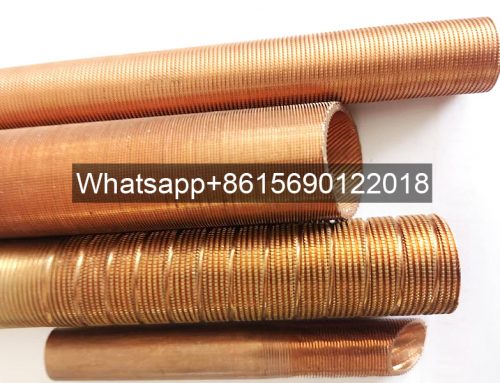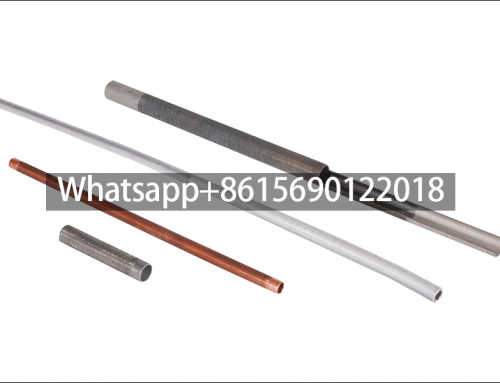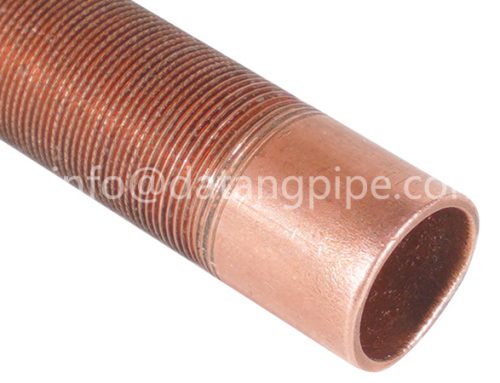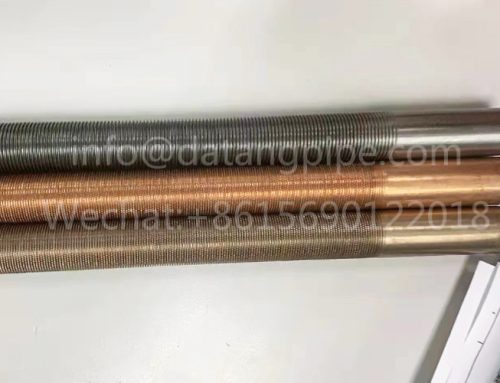Project Description
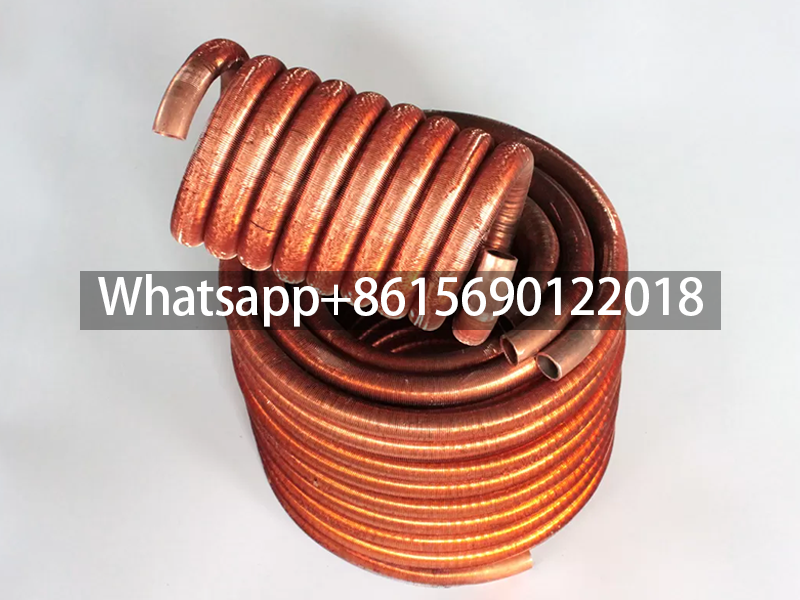
- Product Name: Cooling Coil With Fins | Copper Fin Tube Coils | Cooling Coils Manufacturer and Suppliers in China
- Leave Your Message
What is a cooling coil with fins?
A cooling coil with fins (also known as a finned cooling coil) is a device that increases the heat dissipation area to improve the heat exchange efficiency. It is commonly used in air conditioning systems, industrial refrigeration and other fields. Its core structure consists of a base tube (such as a copper tube or steel tube) and closely arranged fins. Heat is transferred to the fins through the tube wall and then heat is exchanged with air or water.
Structural features of cooling coils with fins
Base tube: As the core component of heat conduction, it is usually made of copper or stainless steel, which is corrosion-resistant and has good thermal conductivity.
Fins: Tightly wound on the surface of the base tube through the cold winding process, significantly increasing the heat dissipation area (up to 5-10 times that of ordinary light tubes) and accelerating heat transfer.
Galvanizing process: Some models are galvanized on the surface to enhance corrosion resistance and extend service life.
Application scenarios of cooling coils with fins
Air conditioning system: used for evaporators and condensers to achieve efficient cooling and heating.
Industrial refrigeration: such as chillers and industrial cooling equipment, to improve heat exchange efficiency and reduce energy consumption.
Special environment: corrosion resistance and high temperature resistance make it suitable for corrosive or high temperature scenarios such as chemical industry and electricity.
Performance advantages of cooling coils with fins
Efficient heat dissipation: The fin structure transfers heat to the air faster, reduces the working time of the compressor, and reduces energy consumption.
Corrosion resistance: Stainless steel or galvanized materials can resist acid and alkali corrosion and ensure long-term stable operation.


